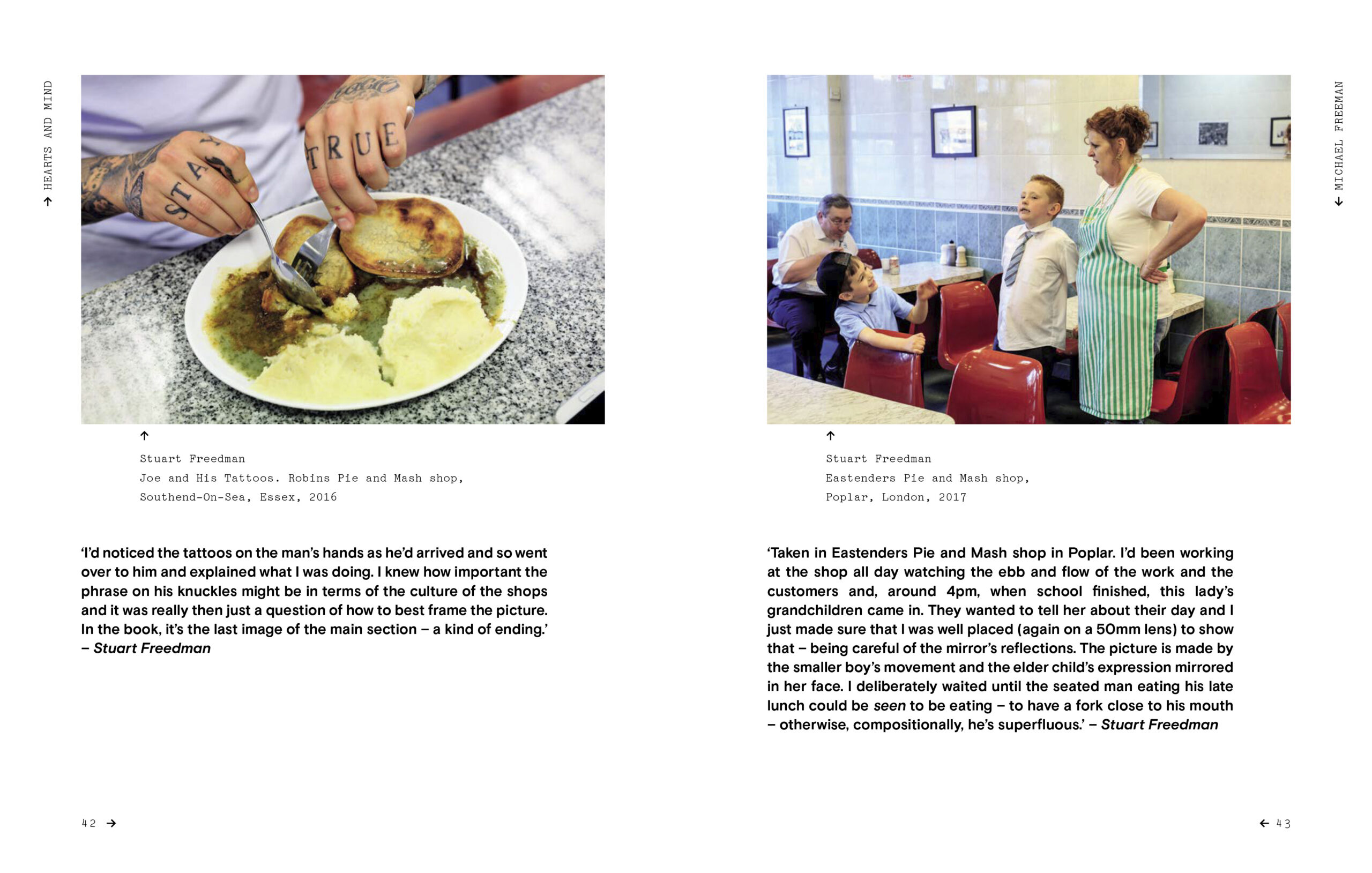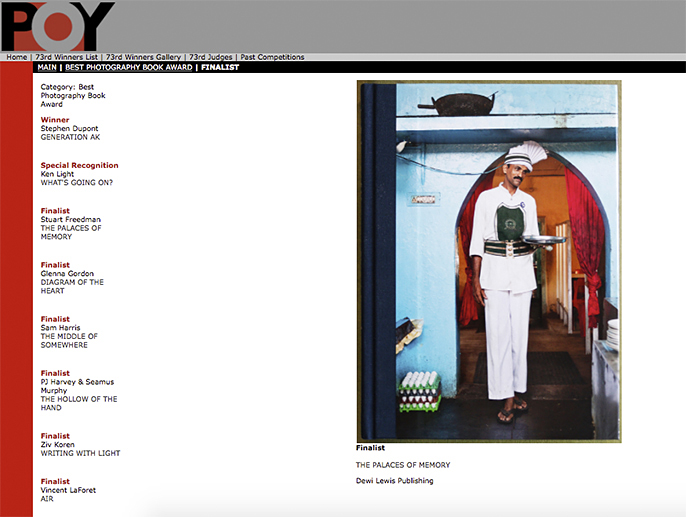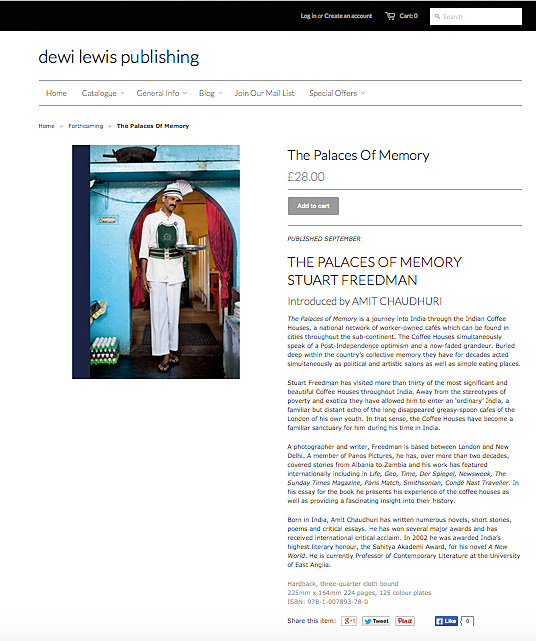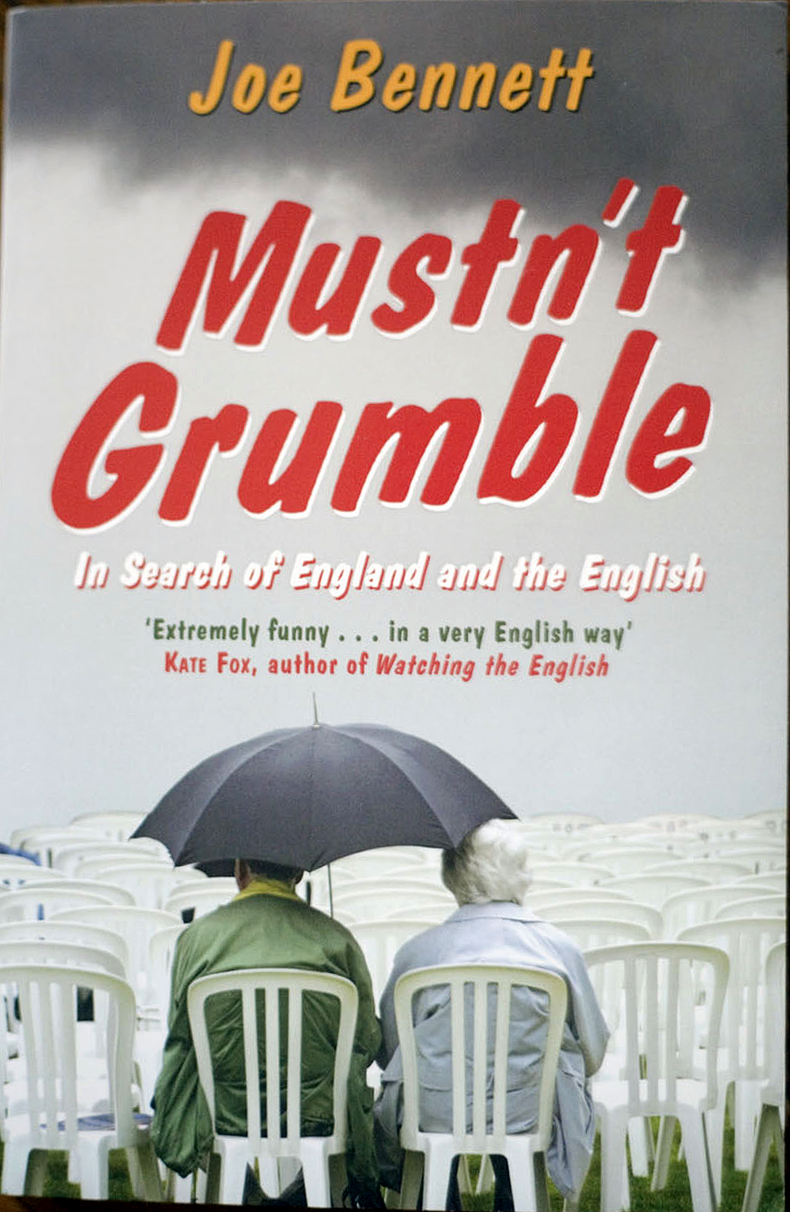Michael Freeman, an old mate, a prodigious photographer and author – and an all-round very smart chap – has generously included me in a list of thirty photographers from across the world who are illustrative of various photographic practices that link to the title of this post.
I’m not sure whether I deserve to be in this list (along with the exceptional William Albert Allard) but Michael’s new book, Get the Photos Others Can’t illustrates, amongst many others, the notion of home territory – the idea that your knowledge of the everyday familiar will be invaluable in making images – with my work on London’s pie and mash shops. It’s ironic as Michael says that I’ve spent almost all of my career abroad, but it’s true that one never forgets where one comes from…
There’s an interview about how I approach and how I photograph people from a culture that I’m very familiar with as well as three illustrative images.
It’s a lovely book and, apart from my contribution, well worth a look.














